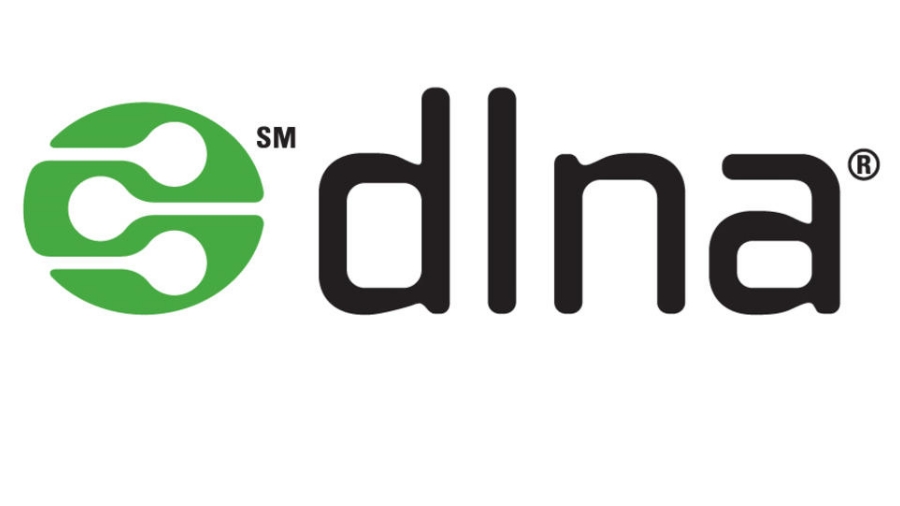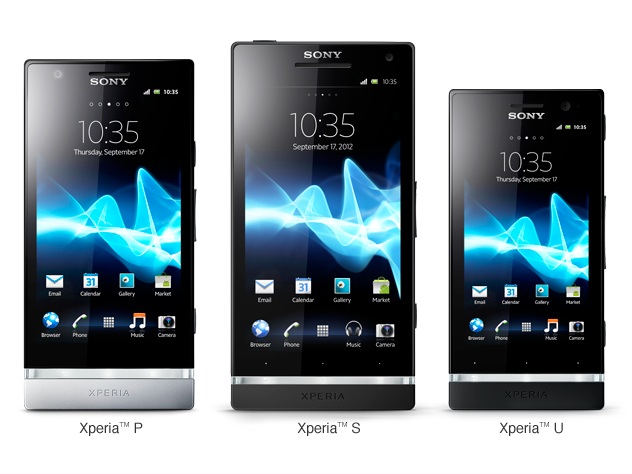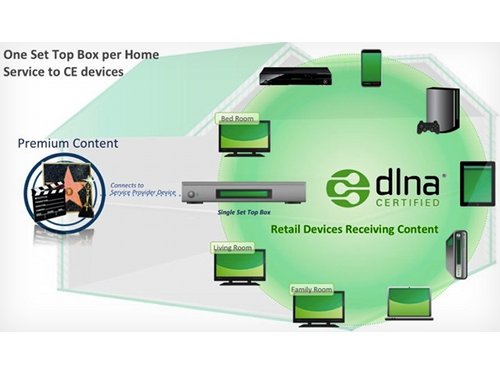DLNA: what it is and what you need to know
Four letters that promise home entertainment heaven. So how do you get it?

Digital home entertainment has come a long way in a fairly short time, and it's now easy to stream music, video and other media around the house without any hassle.
Technologies such as DLNA (Digital Living Network Alliance) are a big part of that - so what is it, and where can you get it? Let's find out.
DLNA is an organisation
The Digital Living Network Alliance is a non-profit trade organisation, and it was started by Sony way back in 2003. The DLNA defines standards that enable devices to share stuff - photos, video, music - with each other, and it has more than 200 members responsible for more than 9,000 different DLNA devices.
DLNA brings all your tech together
DLNA is designed to act as a bridge between your various bits of kit, so you can watch a film from your PC on your big-screen TV, play an MP3 from your smartphone on your stereo, or send shots from the family photo album to your wireless printer via your tablet. Think of it as a kind of home cloud: it shouldn't matter where your media is or what device you're currently holding; with DLNA, whatever you want should come to wherever you are and whatever you're using.
DLNA needs a network
As you might expect, DLNA hardware is designed to work on a home network. It doesn't matter whether that network is wired or wireless, although with Wi-Fi you'll need to ensure that your network has sufficient bandwidth for what you want to do. We'd recommend 802.11n Wi-Fi for serious home sharing.
You've probably got DLNA kit in your home already
There are a lot of DLNA devices out there, and by "a lot" we mean "440 million": that's the installed base of DLNA as of January 2012. DLNA devices include PS3s and home media servers, Windows PCs, Android phones (like the Sony Xperia U) Blu-Ray disc players, tablets, wireless printers, camcorders, flat-screen TVs and routers, and odds are that at least some of the kit in your home is DLNA Certified. You'll find DLNA in stacks of Android devices, and Nokia's bringing it to Windows phone too.

DLNA is based on Universal Plug and Play
DLNA-compatible devices use UPnP to communicate, and there are three classes of DLNA devices: Home Network Devices, Mobile Handheld Devices and Home Infrastructure Devices. The first category encompasses media servers, AV receivers, TVs, consoles and tablets; the second category includes smartphones and media tablets; and the third category covers routers and hubs.
Get daily insight, inspiration and deals in your inbox
Sign up for breaking news, reviews, opinion, top tech deals, and more.
DLNA Certification means it'll work
DLNA Certified devices have been tested to ensure that they'll play nicely with other DLNA devices. Non-certified devices can be made DLNA compatible with software, so for example PCs can be DLNA servers if they're running version 11 or later of Windows Media Player.
DLNA Premium Video should make streaming simple
In January, the DLNA added a new standard: DLNA Premium Video, or the not very short DLNAPV for short. The idea is to make it easier to share copy-protected content around the house by enabling a single device to act as a hub for all your other ones. For example, your set-top box might be a DLNAPV device, and it could then stream copy-protected content such as movies or TV programmes to your other, non-DLNAPV devices. The technology has been developed by partners including Microsoft, Sony and Broadcom, although as yet no DLNAPV-certified devices have been announced.

DLNA is everyone but Apple
That's how it looks, anyway: the current DLNA membership reads like a Who's Who of the tech world, with big hitters including Intel, HP, Motorola, HTC, Microsoft, Samsung, LG and Panasonic making products that will happily communicate with each other. Apple has decided not to join that particular party.
DLNA and AirPlay won't talk to each other
Choosing a home entertainment platform is a bit like picking sides in a battle: there are two rival standards, DLNA and AirPlay. Where DLNA works across thousands of different devices, AirPlay (and AirPrint) is more selective and only works on Apple or Apple-approved products. That's the official line, anyway, but there are ways around it: apps such as AirSync bring AirPlay streaming to Android phones, while apps such as media:connect offer DLNA on iOS.
Dan (Twitter, Google+) is TechRadar's Former Deputy Editor and is now in charge at our sister site T3.com. Covering all things computing, internet and mobile he's a seasoned regular at major tech shows such as CES, IFA and Mobile World Congress. Dan has also been a tech expert for many outlets including BBC Radio 4, 5Live and the World Service, The Sun and ITV News.